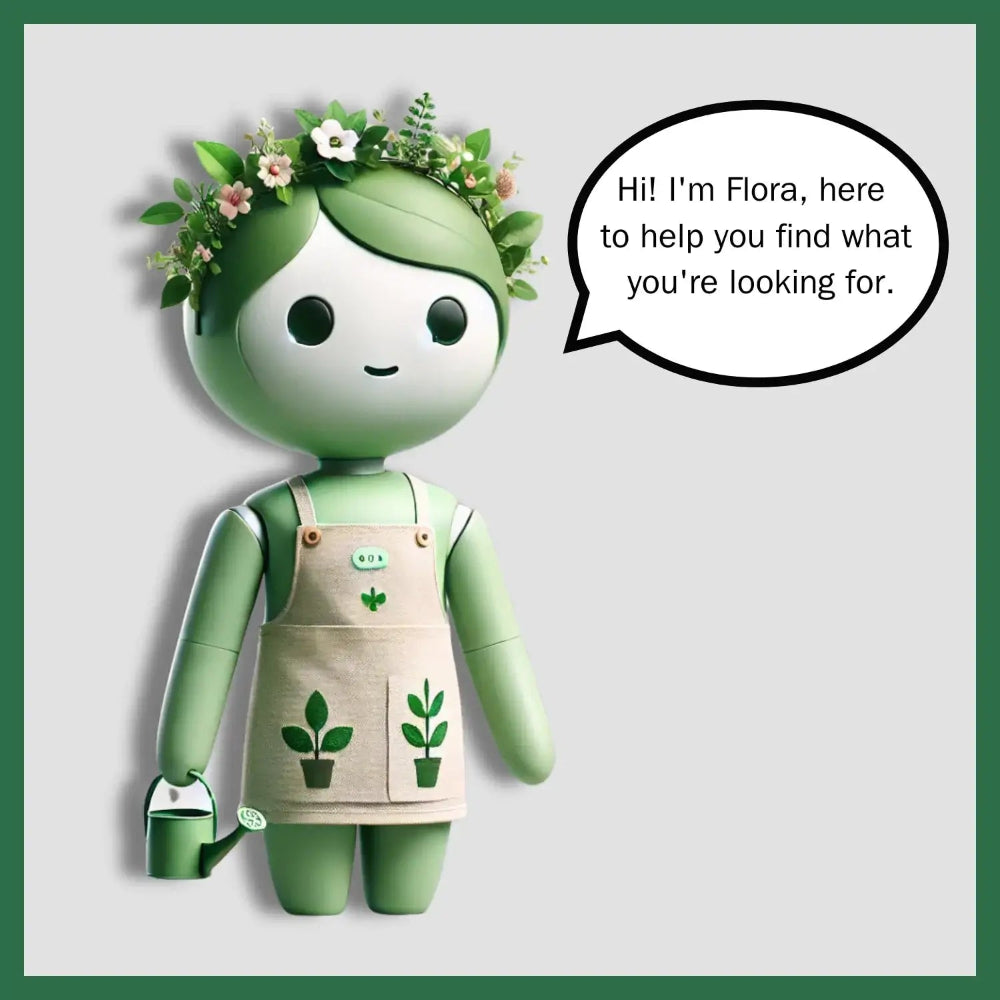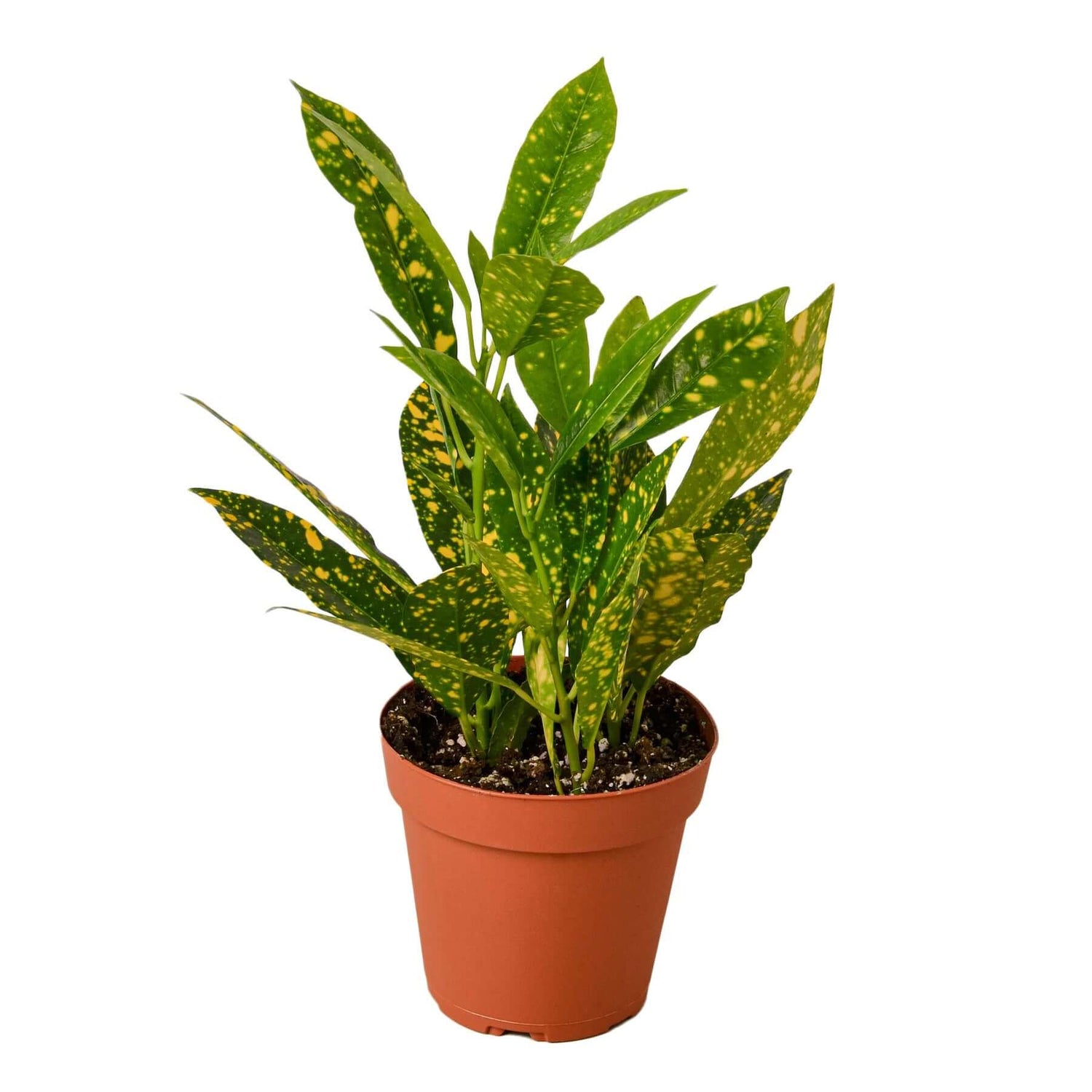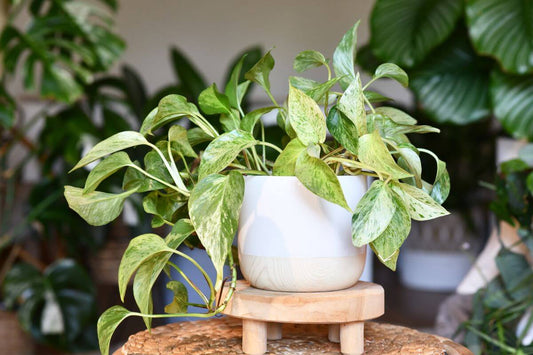Experiencing yellow leaves on your beloved plants? You're not alone. Many plant enthusiasts, whether seasoned gardeners or new plant parents, face this common issue. Yellow leaves can be a sign of various problems, but don’t worry—we’re here to help. In this guide, we'll explore the causes of yellow leaves on plants and provide effective solutions to restore your plants' health and vibrancy.
Why Are My Plant Leaves Turning Yellow?
Understanding the causes of yellow leaves is the first step in restoring your plant's health. Here are some common reasons:
-
Watering Issues
- Overwatering: One of the most frequent causes of yellow leaves is overwatering. When plants receive too much water, their roots can become waterlogged, leading to root rot. This prevents the roots from absorbing essential nutrients, resulting in yellow leaves.
- Underwatering: Conversely, underwatering can also cause yellow leaves. Plants need a consistent supply of water to thrive, and insufficient watering can lead to dehydration and yellowing leaves.
-
Nutrient Deficiency
- Plants require various nutrients to maintain their vibrant green color. A lack of essential nutrients like nitrogen, potassium, or magnesium can cause yellowing leaves. For example, a nitrogen deficiency often results in older leaves turning yellow first.
- Read more about nutrient deficiencies in plants.
-
Light Conditions
- Insufficient Light: Plants need light for photosynthesis, the process by which they produce energy. Without adequate light, plants may struggle to photosynthesize effectively, leading to yellow leaves.
- Too Much Light: On the other hand, excessive light, especially direct sunlight, can scorch the leaves, causing them to turn yellow or develop brown spots.
-
Pests and Diseases
- Pests: Insects such as spider mites, aphids, and whiteflies can damage plant leaves, leading to yellowing. These pests suck the sap from the leaves, depriving them of essential nutrients.
- Diseases: Fungal and bacterial infections can also cause yellow leaves. For instance, root rot and leaf spot are common diseases that result in yellowing foliage.
How to Treat Yellow Leaves on Plants
Once you've identified the cause of yellow leaves, you can take steps to remedy the situation:

-
Adjust Watering Practices
- Ensure you're providing the right amount of water for your specific plant. Check the soil moisture regularly and adjust your watering schedule accordingly. Consider using well-draining soil and pots with drainage holes to prevent waterlogging.
- Learn more about proper watering techniques.
-
Fertilize Appropriately
- Use a balanced fertilizer to provide your plants with the necessary nutrients. Be sure to follow the recommended application rates to avoid over-fertilizing, which can also harm your plants.
- Discover the best natural fertilizers for your plants.
-
Optimize Light Exposure
- Place your plants in locations where they receive the appropriate amount of light. For indoor plants, this might mean moving them closer to a window or using grow lights. For outdoor plants, consider providing shade during the hottest part of the day if they are in direct sunlight.
- Find out more about ideal light conditions for plants.
-
Pest and Disease Control
- Regularly inspect your plants for signs of pests and diseases. If you notice any issues, take prompt action. This might involve using insecticidal soap, neem oil, or removing affected leaves to prevent the spread of disease.
- Read our guide on pest and disease management.
Preventing Yellow Leaves in the Future
Prevention is always better than cure. Here are some tips to keep your plants healthy and prevent yellow leaves:
-
Regular Monitoring
- Keep a close eye on your plants. Regularly check their leaves, stems, and soil to catch any issues early.
-
Proper Plant Care
- Follow best practices for watering, fertilizing, and providing light to your plants. Each plant species has unique needs, so be sure to research and understand the requirements of your specific plants.
-
Healthy Soil
- Use high-quality soil that provides good drainage and is rich in organic matter. Healthy soil promotes robust root growth and overall plant health.

Yellow leaves on plants can be alarming, but with the right knowledge and care, you can address the issue and restore your plants to their vibrant, healthy state. Remember to monitor your plants regularly, provide proper care, and take swift action when problems arise. For more tips and information on plant care, be sure to explore other topics on our "All About Plant Care guide."
Happy planting! 🌱










